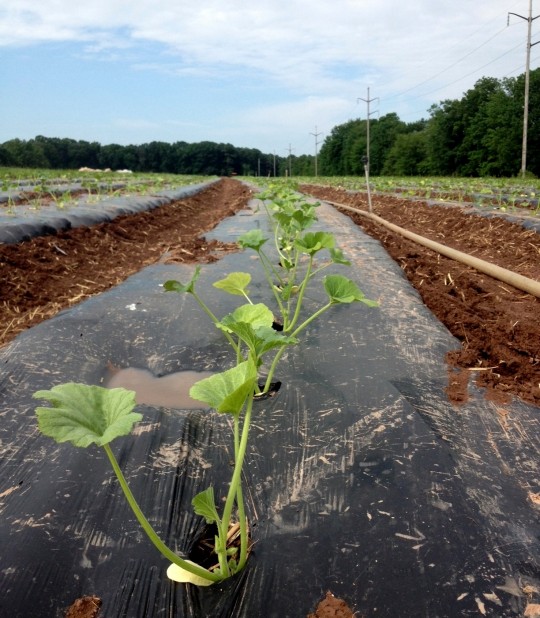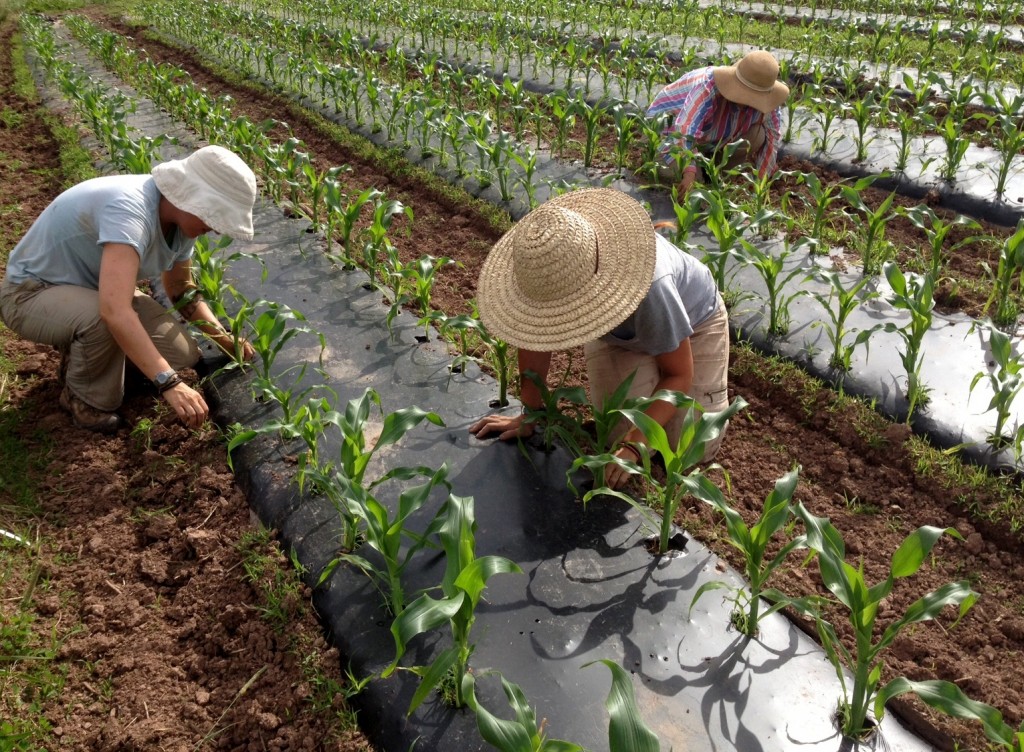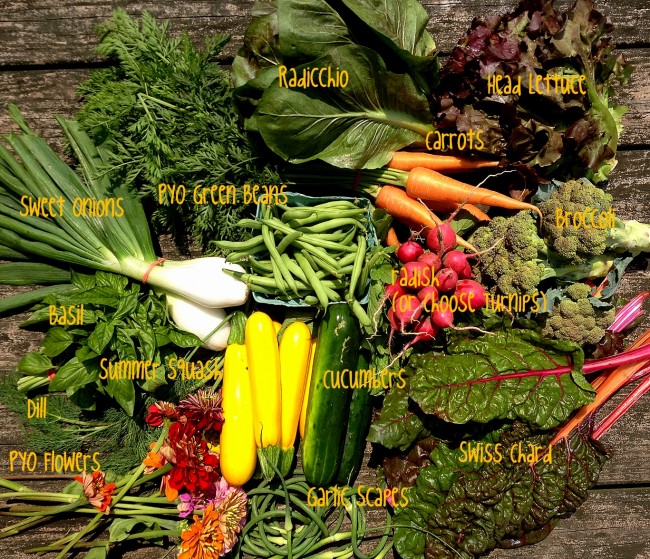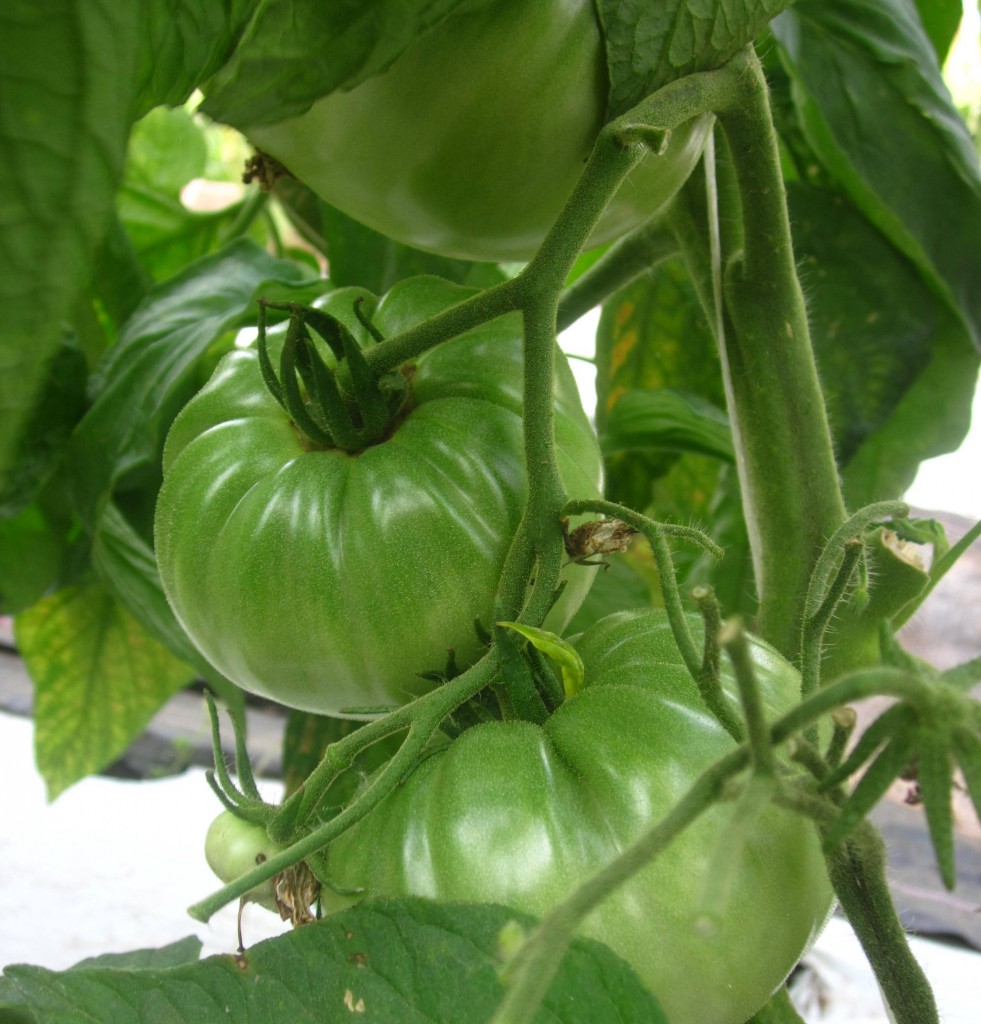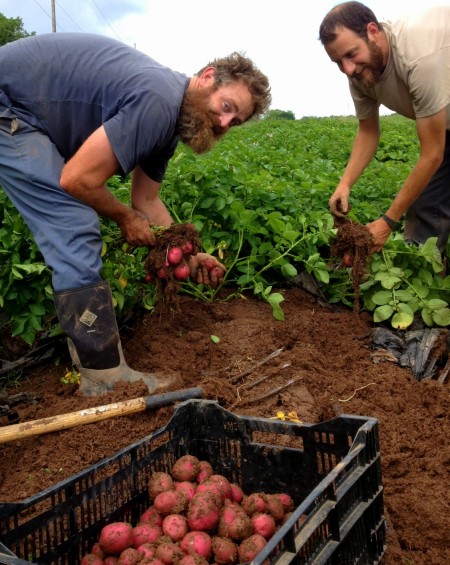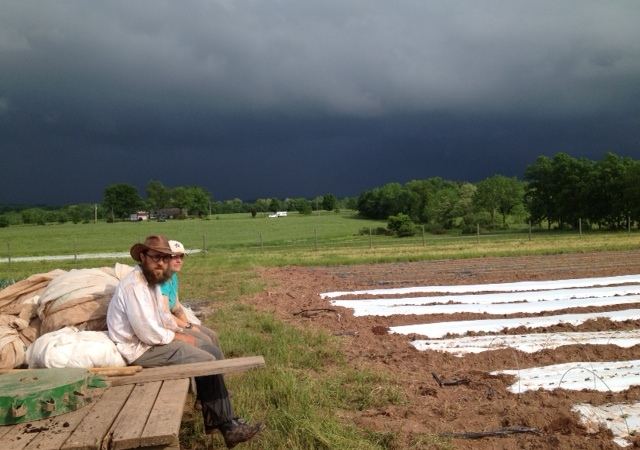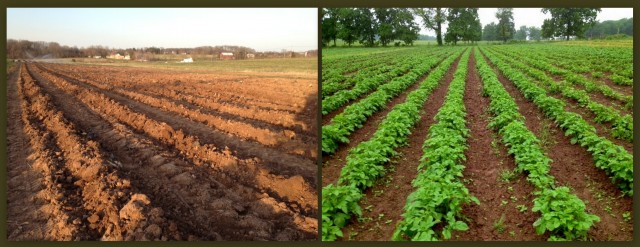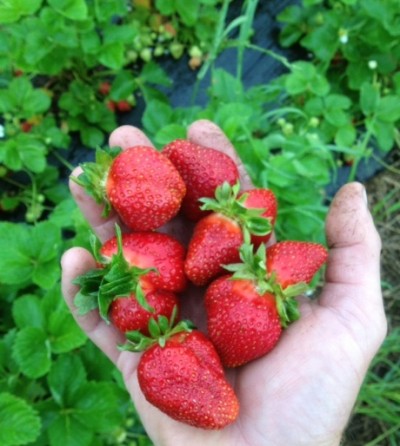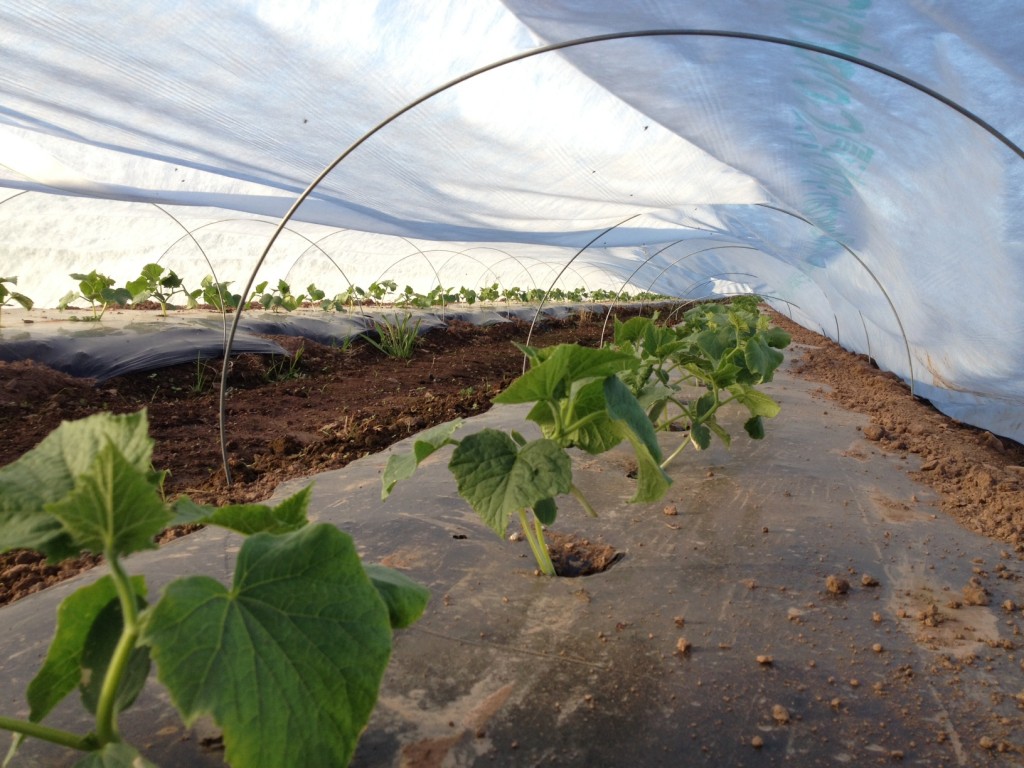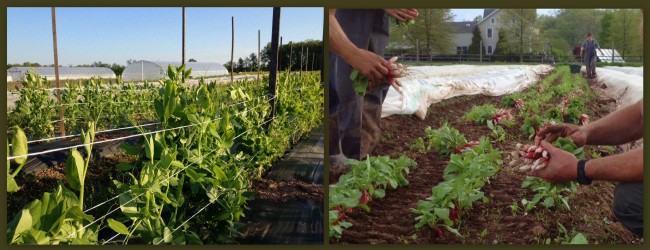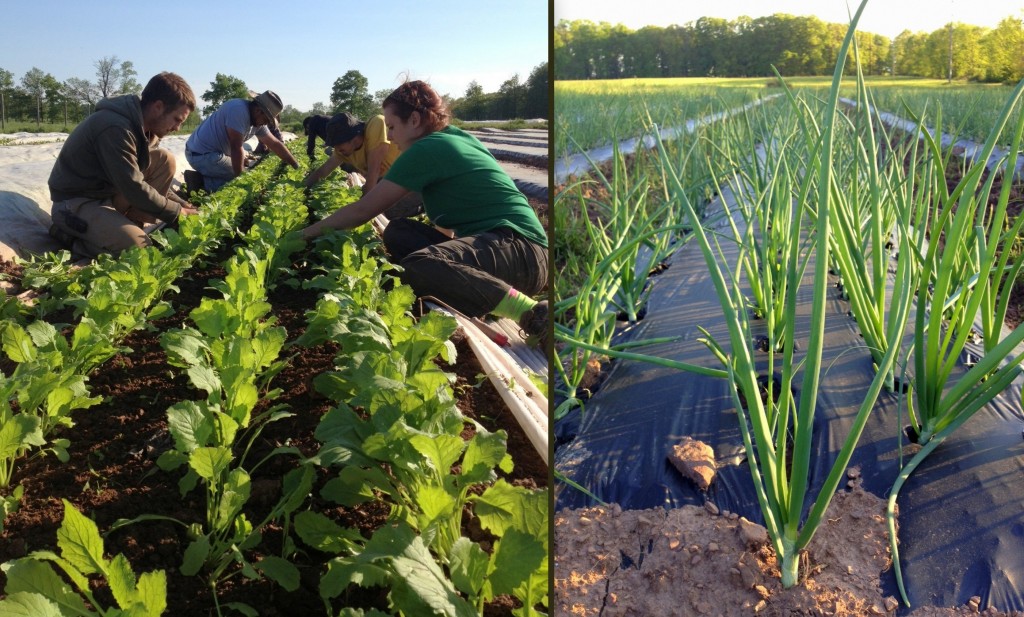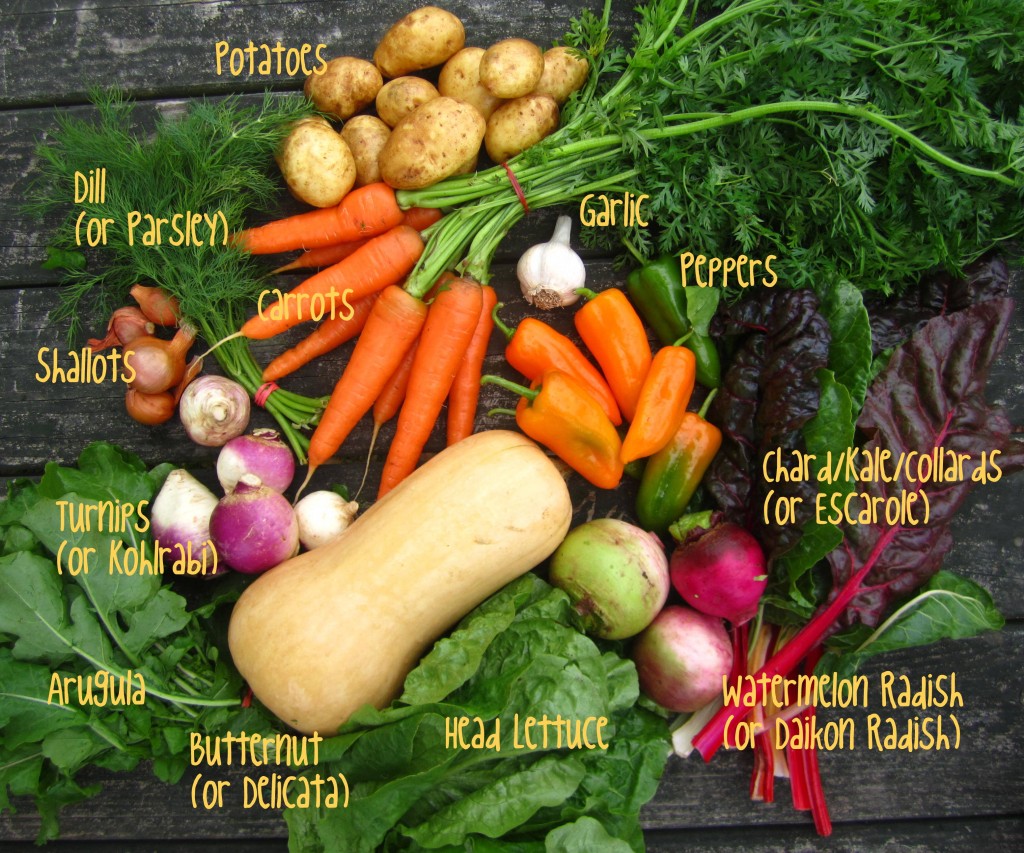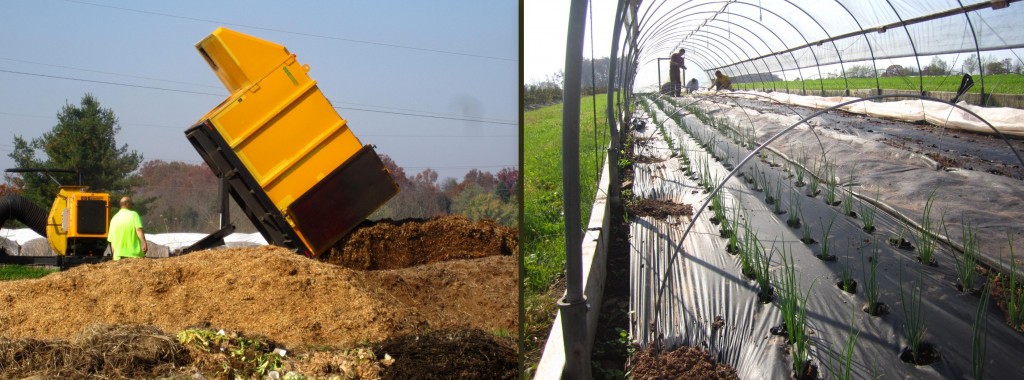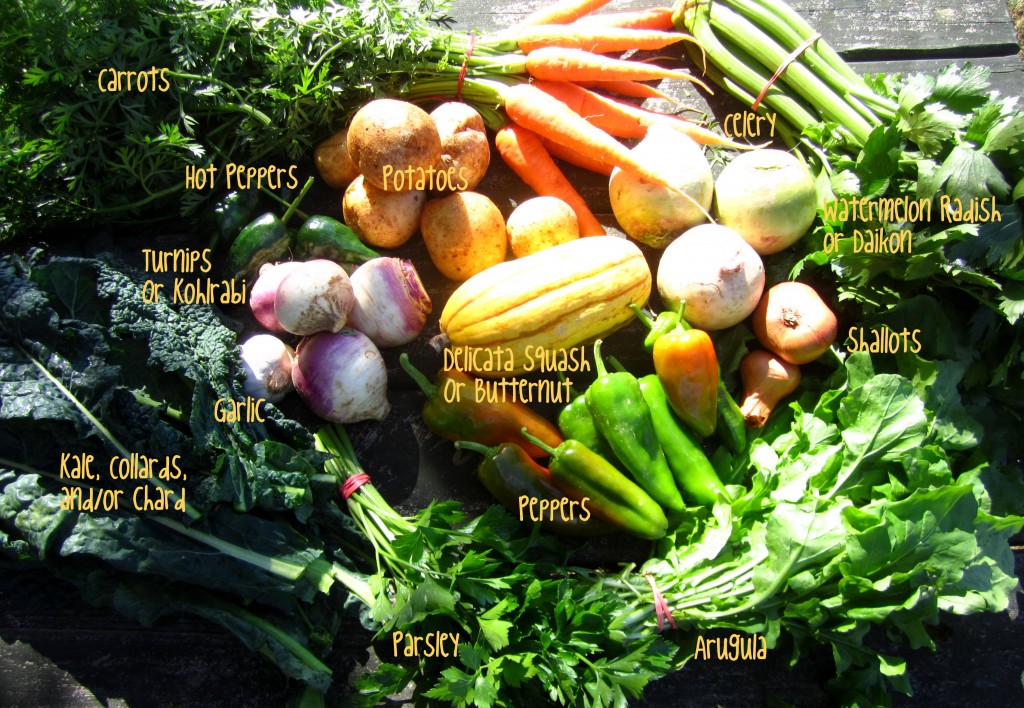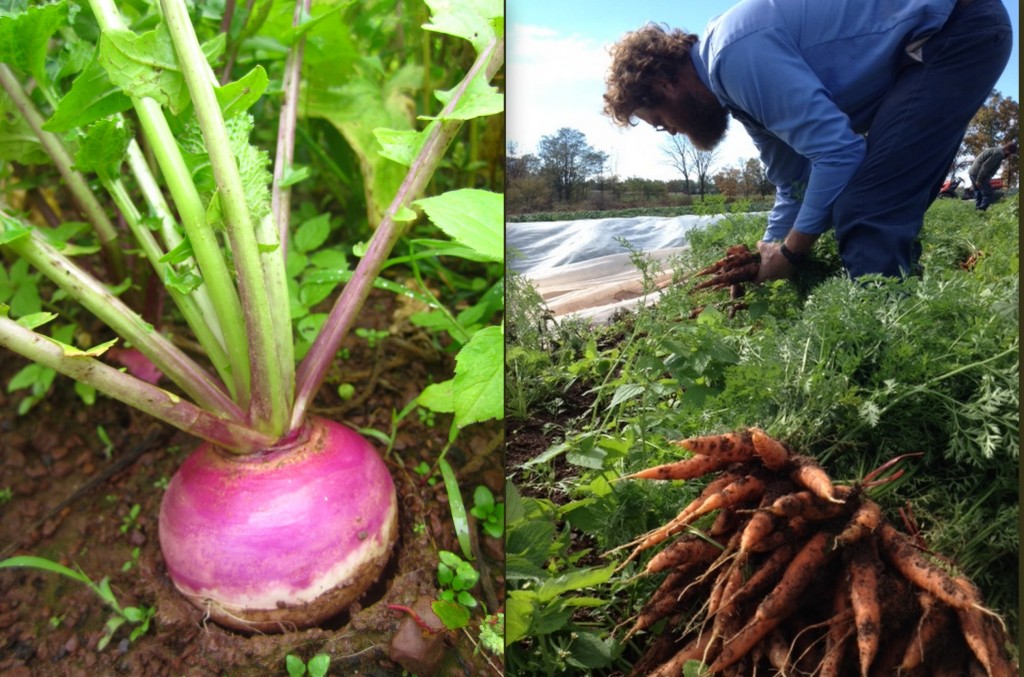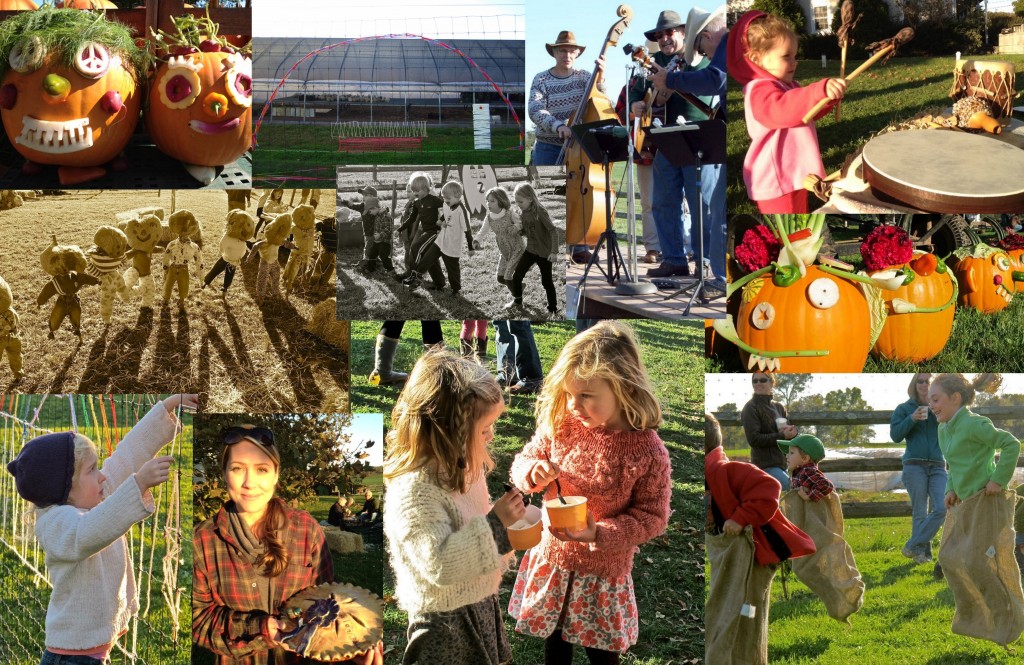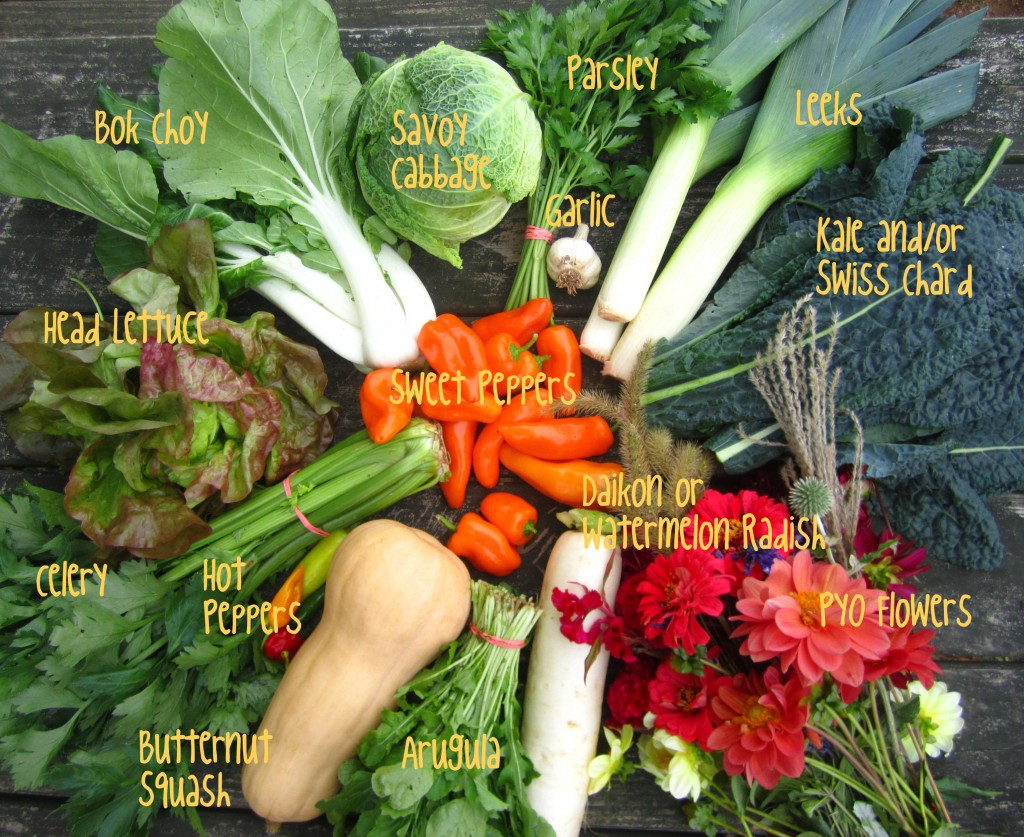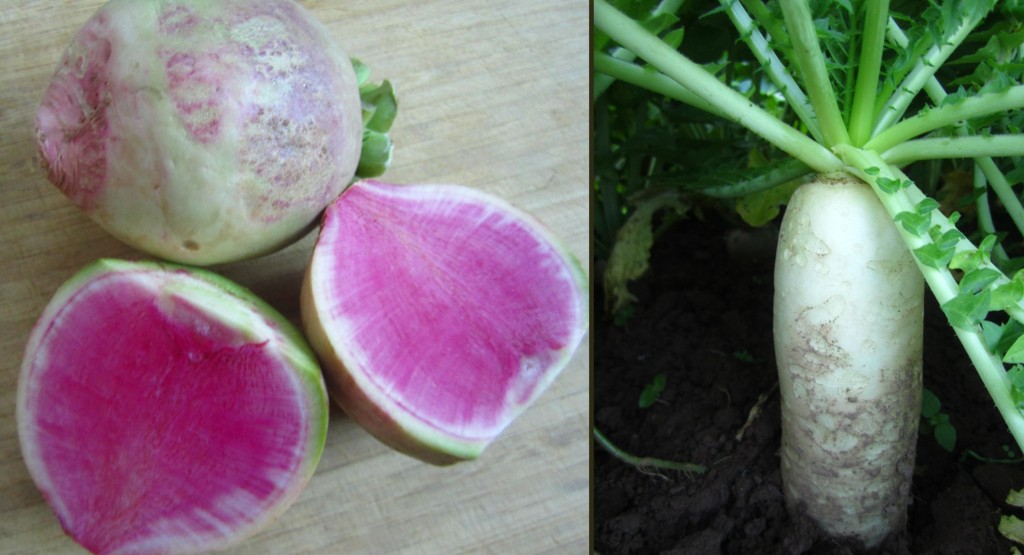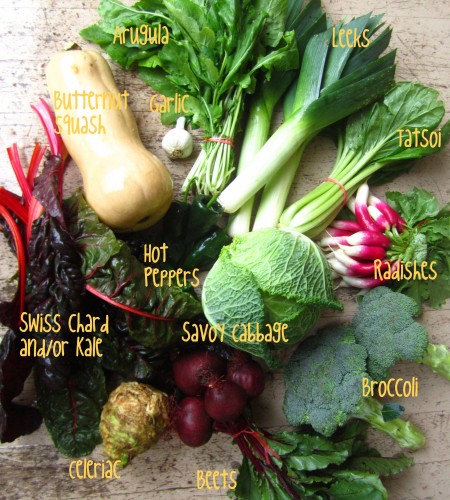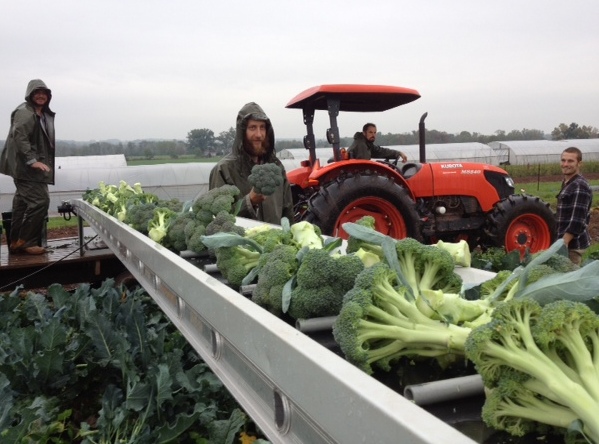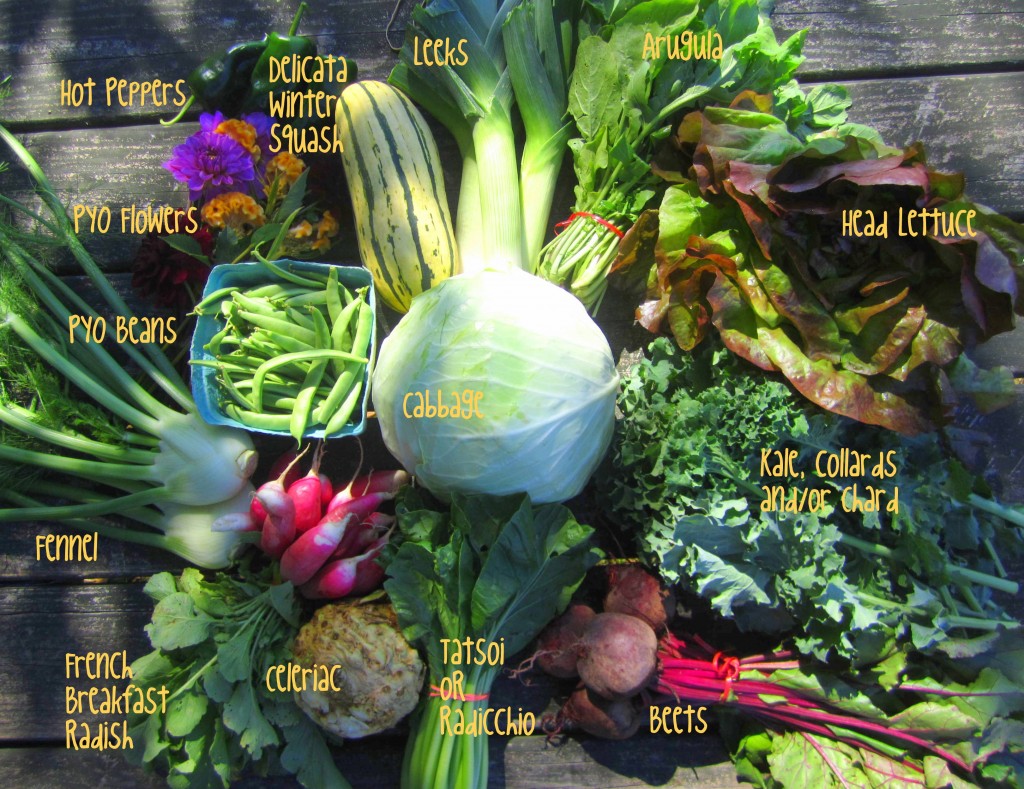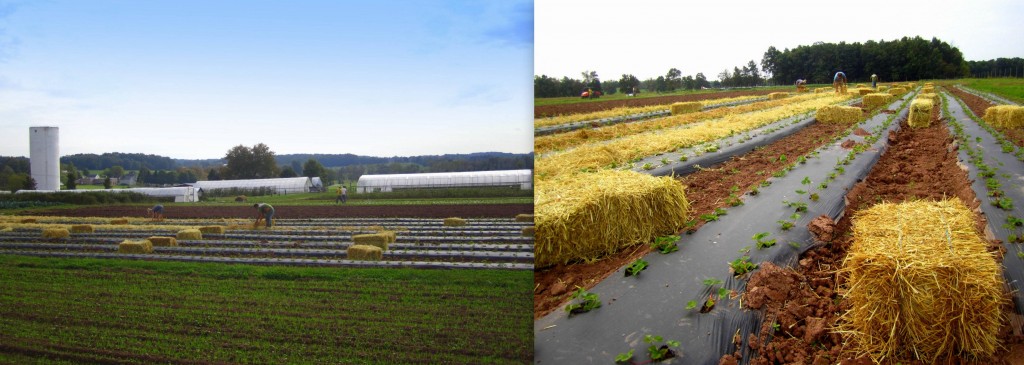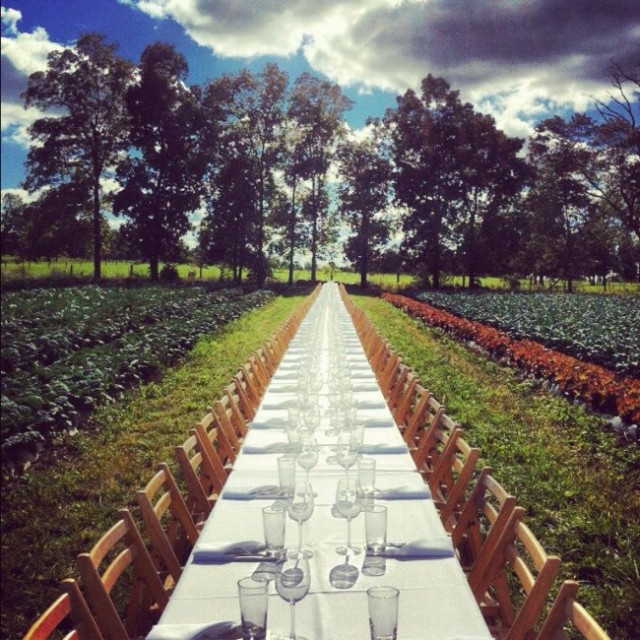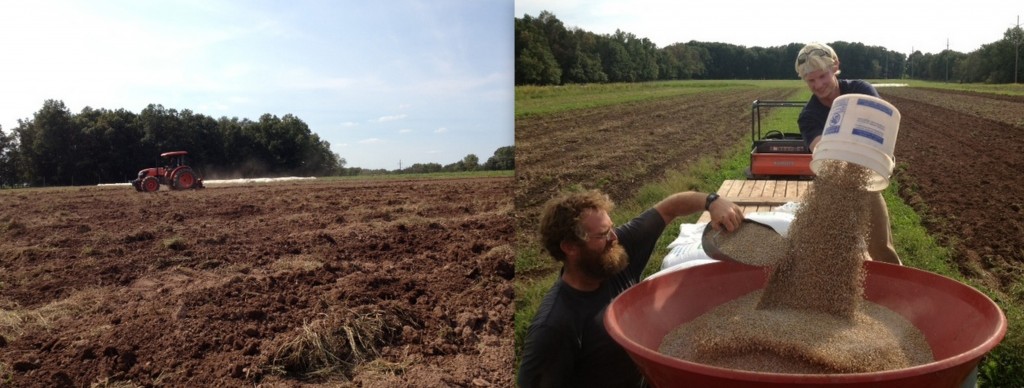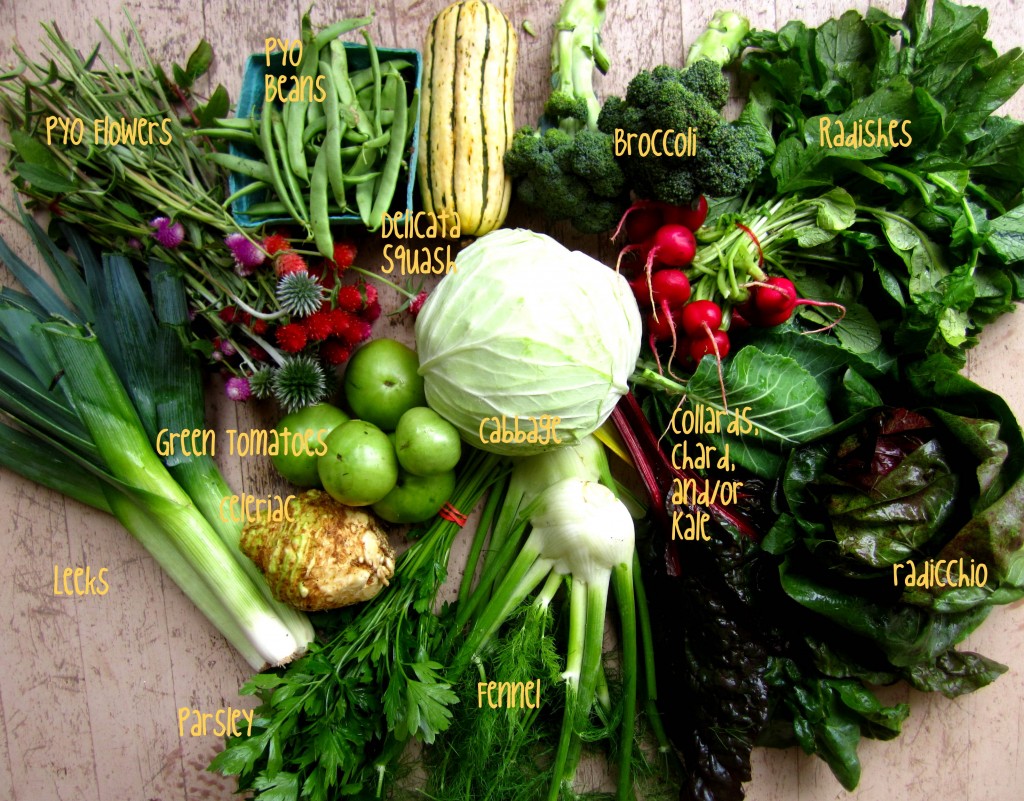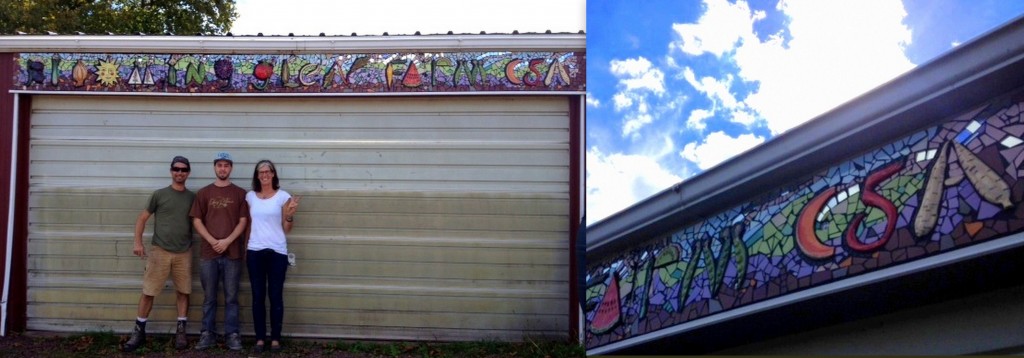Spring’s been a bit slow getting out of the gate, especially compared to last year, but now it looks like it’s been left by the wayside and summer is pushing its way through. Either way, it’s great weather for planting, and that’s what we’ve been up to out on the farm this week.
The life of the veggies destined for your dinner plate begin with a just a tiny little seed. You can check out this blog post from last Spring to learn more about our seed sourcing choices. Not only do we start all our veggies here from seeds, but we sow them into flats in our greenhouses, then when they are ready, about 6-8 weeks later, we transplant them into the fields.
Why do we transplant almost everything, even sweet peas, sweet corn, beets and green beans? By starting the seed in an organic soil mix in flats in the warm cozy greenhouse, nurturing them with heat and steady water, we are guaranteed almost perfect germination. Putting out healthy strong transplants means they are less susceptible to insect damage and fluctuations in weather, at least during those crucial early stages in the life cycle of the plant
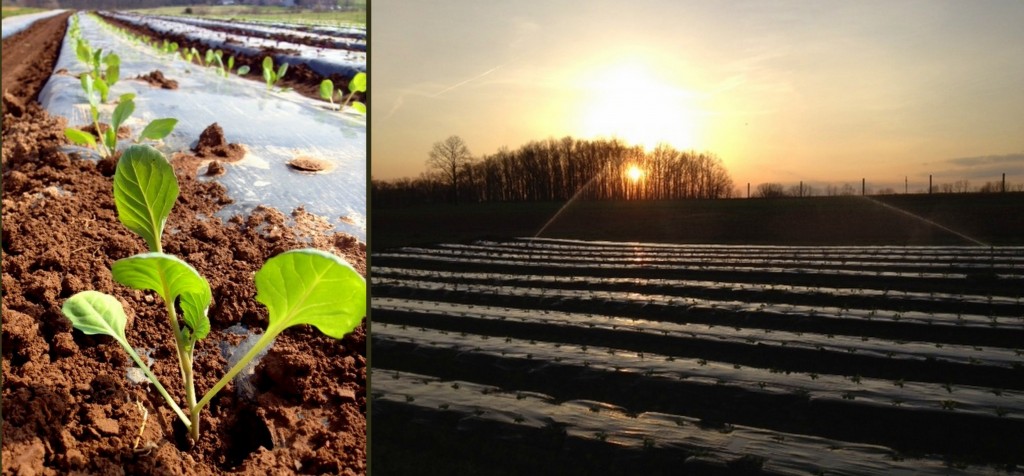
A field of just tranplanted cabbage seedlings.
Starting enough veggies from seed to fill over 30 acres of farm land means lots and lots and lots of weekly seeding, and as you can probably imagine, we need lots of space for those seedlings. This season we officially outgrew our first heated greenhouse that was constructed seven years ago, when we were a much smaller farm. So this winter we converted a second greenhouse by adding a heating system, fans, and lots of benches.
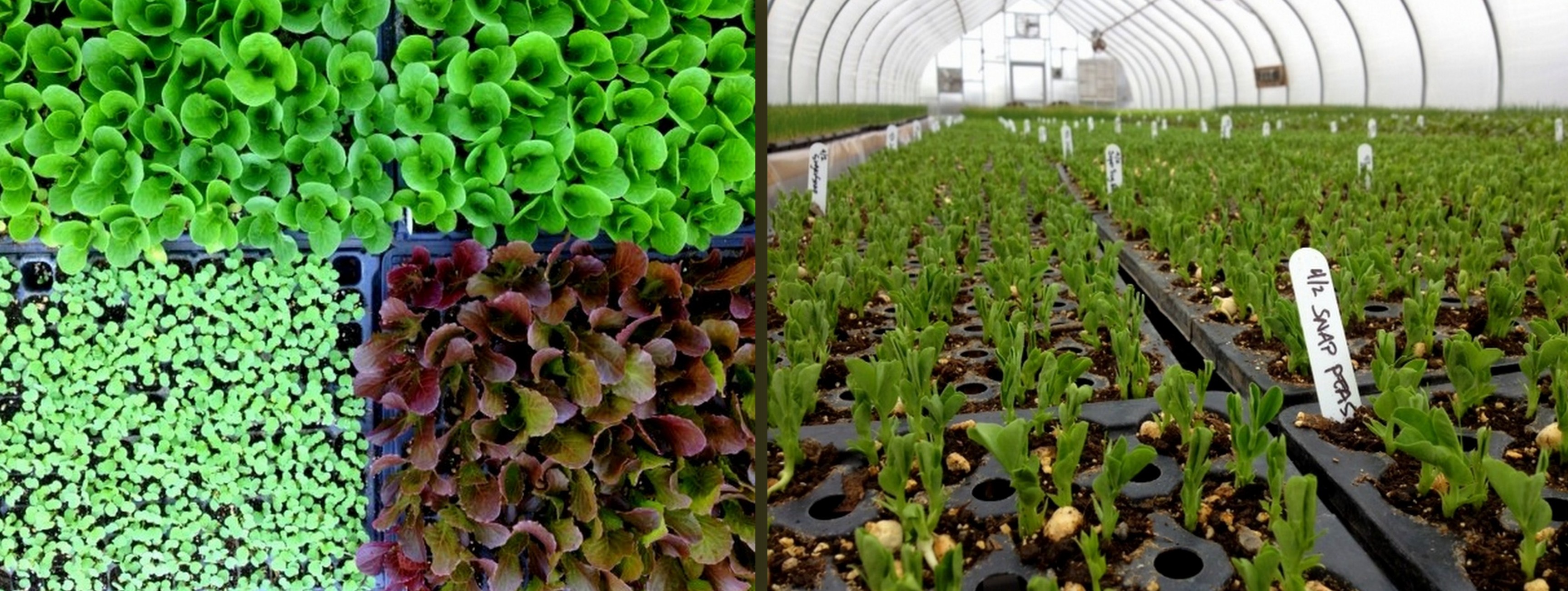
Our unflappable crew member, Brian Smyth, manages our propagation greenhouse- every week he consults the planting chart and gets busy filling flats with soil and seed. The seeding is all done by hand, but most of the time he has the help of an amazing (though loud) time saving tool- a vacuum seeder. In addition, at least twice a day Brian’s in and out of the propagation greenhouses watering the seedlings. Our grafted tomatoes in particular require special attention- frequent light misting as their cuts heal and they begin their journey in the next week toward being transplanted into our unheated tunnels. Click here to read a more detailed blog post on tomato grafting from 2011.
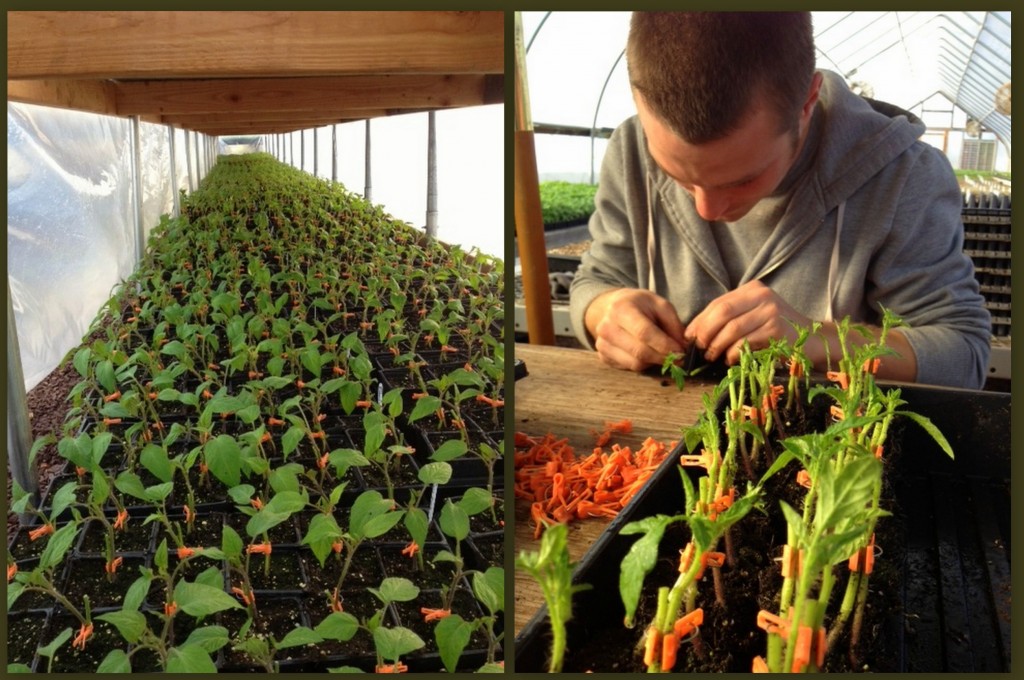
Tomato graft healing chamber; Sam grafting tomatoes
After our transplants become rootbound, they head to a cold frame to be “hardened off”- here they are exposed to a bit of wind, colder weather, and less frequent watering, but they are still protected a bit. This is the transition phase before they are singled out and set into the harsh life out in the field, where they will remain until harvest.
So what got planted this hot busy week? Into the ground went thousands of transplants: tuscan and red russian kale, chinese cabbage, red cabbage and green cabbage, sugar snap peas, broccoli raab, spinach, swiss chard, tatsoi, bok choy and head lettuce. Sometimes, but rarely, we skip the transplant phase entirely and seed directly into the ground in the field. Our old faithful red tractor, the CUB, came out of its winter slumber, and driven by Farmer Tricia, sowed carrots, spring radishes and hakurei turnips.
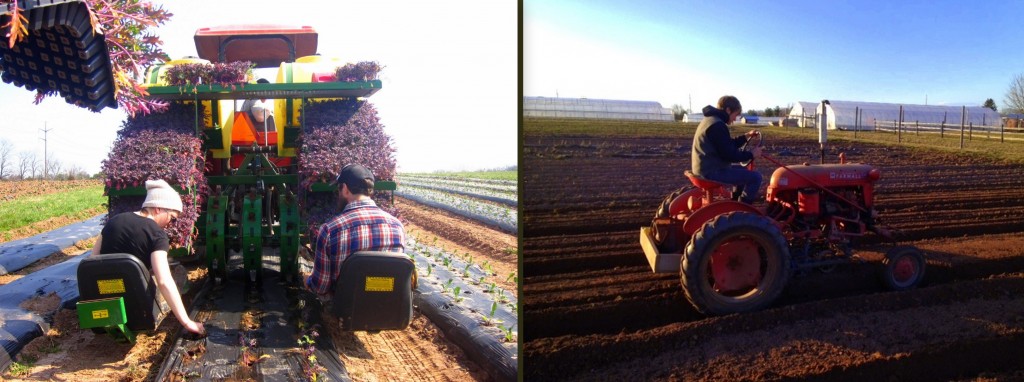
Thousands of small onion sets were planted by hand for early spring onions. Ten varieties of potato seed- 2,900 pounds total- were prepped, planted and hilled.
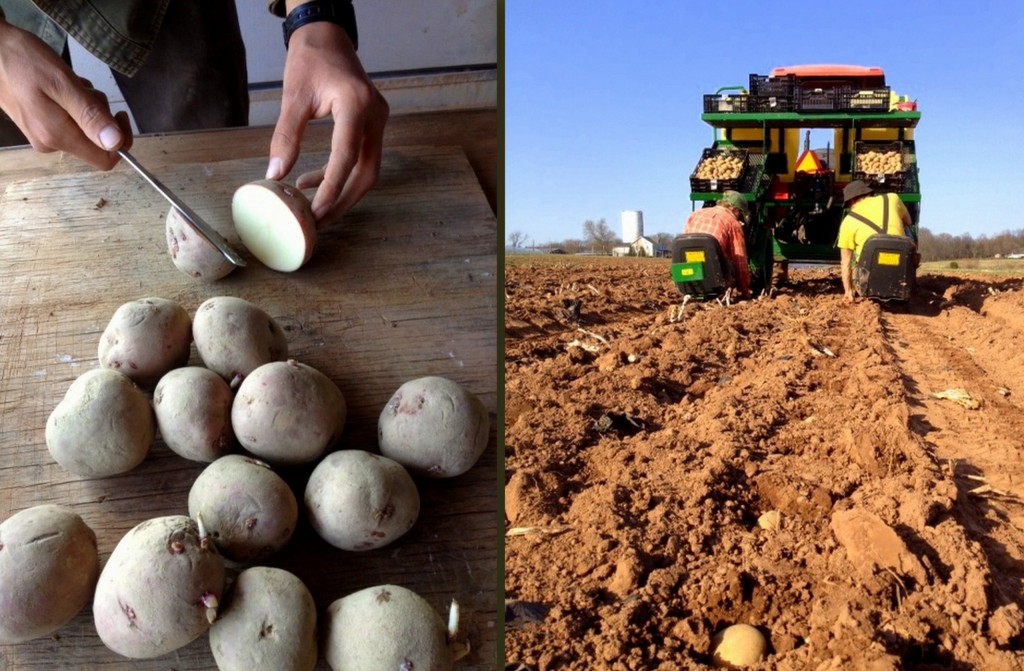
Prepping potato seed for planting; Planting potatoes that will be hilled.
This season’s apprentices started April 1st and dove right into the action. After a day in the office of orientation, Food Safety training, and then a Tractor Safety class (“scare ’em safe”, that’s our motto!), they were eager to get their hands, and clothes, dirty on the farm. I must admit, I’m feeling especially great about this season’s crew- they are one enthusiastic, hardworking, awesome bunch of folks. You’ll learn more about them all in our upcoming crew profiles, but rest assured, there are already plenty of smiles (and sore muscles) behind your food, and this is just the beginning!
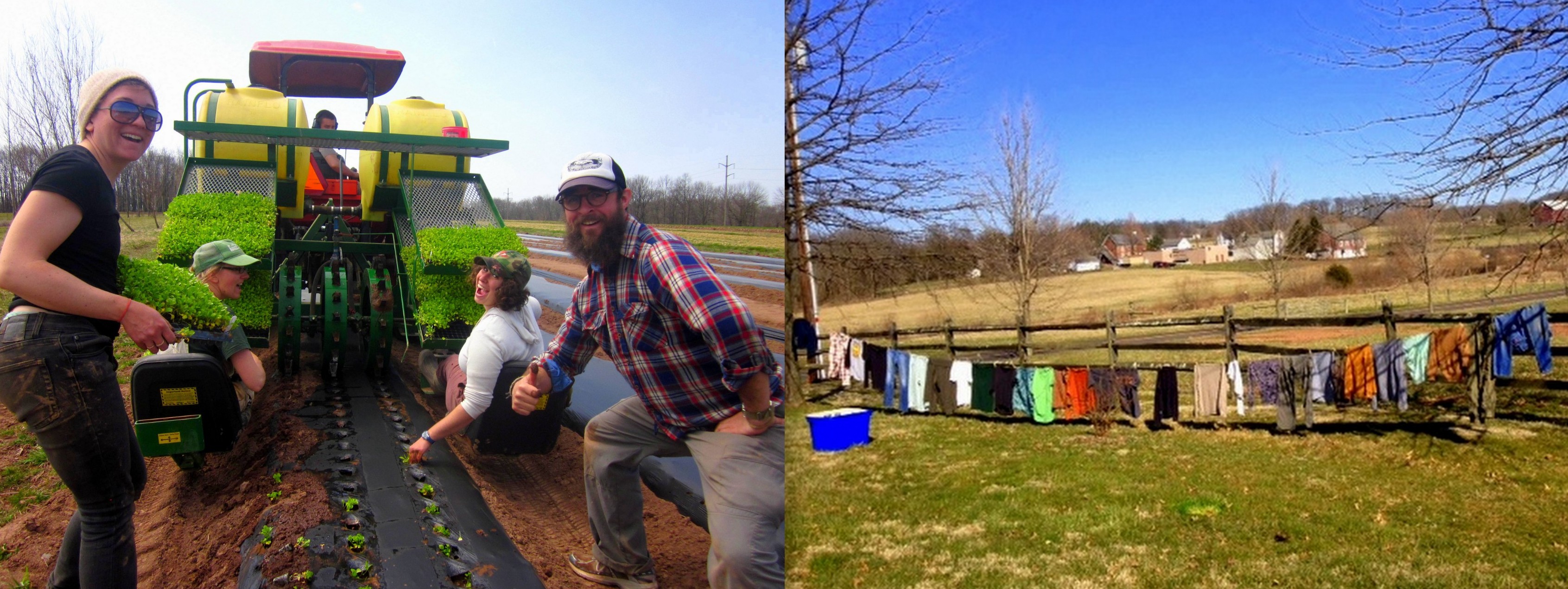
Photos and text by Tricia Borneman, Blooming Glen farmer and co-owner. Additional photos by farm apprentice Rebecca Metcalf and Farmer Tom.





